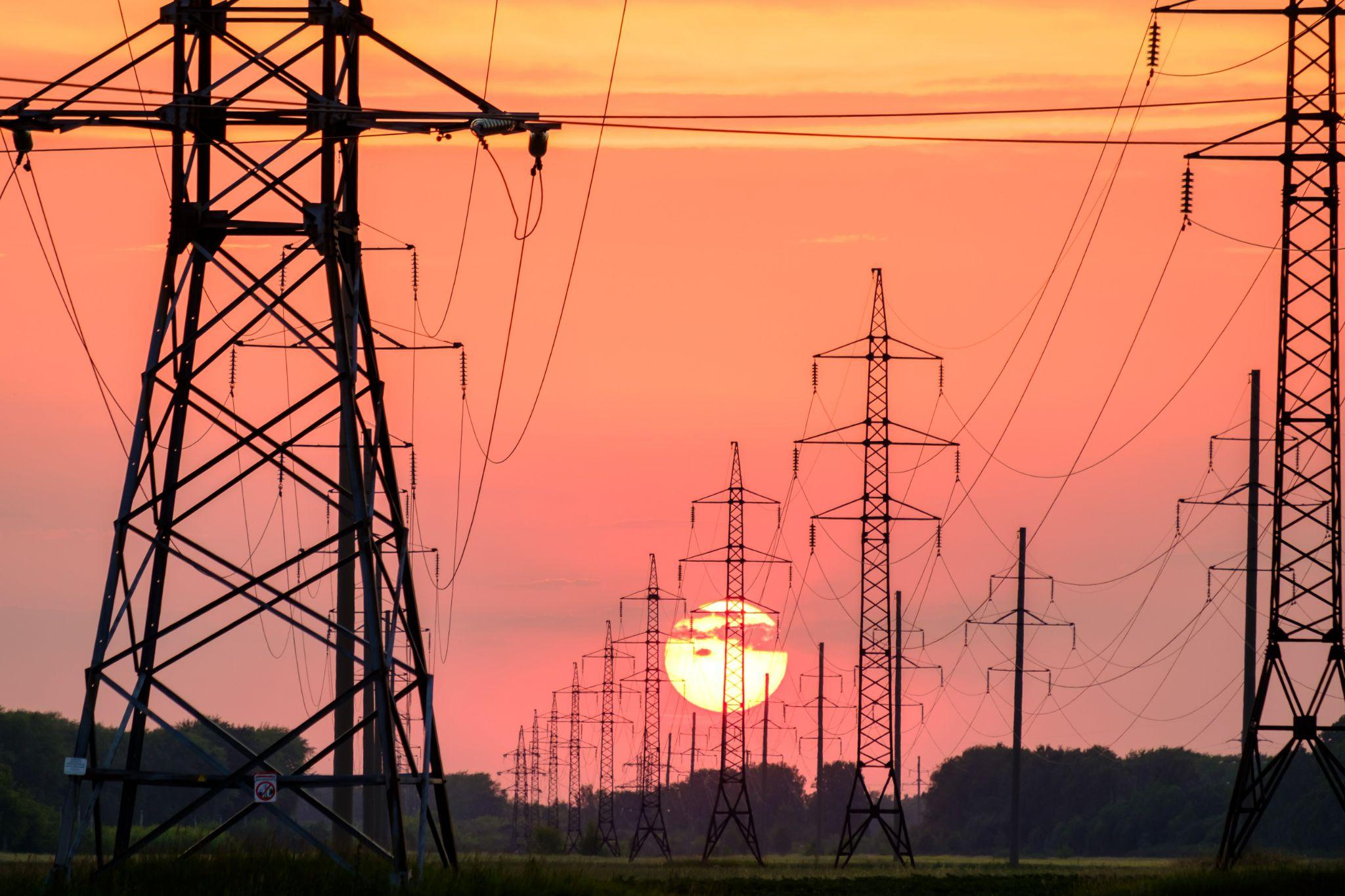Author | Raquel C. Pico
Digitalization has become the cornerstone for the major transformations of the 21st century. Technology allows important advancements and its high transformative power provides major benefits, also for cities. But this revolution is not without risks and potential negative impacts, particularly on people and the environment. Therefore, achieving digital sustainability is more crucial than ever.
In short, digital sustainability is the process of addressing digital transformation challenges and finding solutions for them. Understanding the digital carbon footprint and the cost this has for the planet will allow us to change course, make the necessary adjustments and prevent the problem from becoming embedded. With the digitalization of cities gaining momentum throughout the 21st century as the main response to its challenges, cities also have a role to play here.
Urban transformation: smart cities and technology for urban challenges
The importance of cities in the distribution of the global population is growing. The most recent edition of the UN-Habitat’s World Cities Report confirms that “the future of humanity is undoubtedly urban”. If in 2021, 56% of people lived in an urban area, this figure is expected to reach 68% by 2050. The pressure on these areas will increase simultaneously and optimal urban management will be crucial.
The key criterion to successful urban transformation lies in digitalization; in the efficient use of these new technologies and in the opportunities they offer. Leaving things as they are, will result in a “pessimistic scenario”, warns the UN-Habitat. Cities must be resilient, be prepared for a complex future and be sustainable. Therefore, they need to work on good planning and on understanding the initial challenges, and how they can be tackled and stopped. The New Urban Agenda talks about circular economy, gender equality, reducing poverty, zero emissions or innovation.
Analysts and decision makers have been talking about smart cities for years, cities in which technology helps manage the flow of traffic and waste collection. Digitalization will continue to be the answer to urban challenges and this essential urban transformation will result in an even greater commitment to technology and innovation. The World Cities Report estimates that investment in urban solutions and smart systems will increase by 25% per year, with a global market value of approximately USD 517 billion. They indicate that these tools may be the answer to the need to decarbonize cities, however, they may also become, if their risks are not taken into account, a lever to create even greater divides.
That is where digital sustainability comes into play.
The digital footprint
Digital pollution is the most visible part of the negative effects of digitalization. Technology comes with a cost for the environment, both visible -related to the need for raw materials or digital waste produced by tools when they are no longer in use- and invisible. All internet processes consume energy and the fact that a growing number of everyday actions use the network, this will increase.
Some experts, who take into account online browsing but also the prior assembly chains for the devices required for connections, estimate that mobile networks account for around 20% of all greenhouse gas emissions. Digital waste (such as unread emails or duplicates of data) or the high influence of video on consumption patterns, explains these figures.
Even so, sustainability does not only involve taking into account the carbon footprint, but rather a more cross-sectional concept. That is, being sustainable entails understanding all the potential negative impacts and stopping them. Issues such as poverty or inequality must also be included on the agenda.
A more sustainable and greener digital transformation
The digital transformation must therefore be greener and more respectful with people. Digital sustainability involves taking into account its benefits and disadvantages and designing a strategy that boosts the former and neutralizes the latter. “The deployment of innovation and technology should be tailored to suit the diversity of the urban context” according to the United Nations report. These tools must be “inclusive, collaborative and empowering”.
This outlines three major challenges for smart cities:
- Understanding the needs of each context, since there is no smart city gold standard that works for all of them. Responding to what matters in each place is essential in order to be successful. The report also refers to “provincializing” projects and not applying the Global North perspective by default.
- Being people-centered since it is not about injecting technology purely for the sake of digitalization. What is important is what it provides for people.
- Ensuring environmental sustainability, applying the strategy across the entire urban green management plan. The report reminds us that the activation of the smart city cannot ignore its potential environmental costs.
Image | Troyanphoto/Adobe Stock






















































